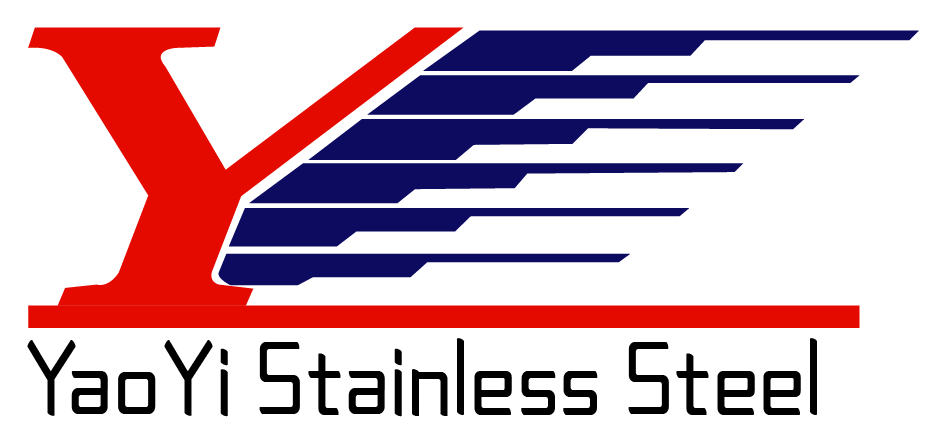What are the Pros and Cons of Stainlesss Steel Wire?
People often think that magnets adsorb stainless steel wire to verify its quality and authenticity. If it is not attracted, it will be non-magnetic. It is considered good and genuine; if it is attracted, it is magnetic, so it is considered counterfeit or fake. Originally, this is an extremely one-sided and faulty method of distinguishing. The fact that stainless steel wire rods will “rust” and will also be magnetic. Stainless steel wire rods are high-alloy steels with more than 60% iron as the matrix and alloying elements such as nickel and molybdenum.
The most important feature is that it has strong corrosion resistance. However, stainless steel wire is not absolutely rust-free. In coastal areas or some places with severe air pollution, when the chloride ion content in the air is high, there may be some rust spots on the surface of the stainless steel wire exposed to the atmosphere, but these rust spots are limited to the outside and will not corrode the internal matrix of the stainless steel wire.
Try for free information about the A Complete Guide to Stainless Steel AISI 420
AISI 304; AISI 301; AISI 316;AISI 316L…
- Thickness: 0.02mm – 0.2mm
- Width: 25mm – 1600mm
As mentioned above, austenite is non-magnetic or weakly magnetic, while martensite or ferrite is magnetic. Due to composition segregation or improper heat treatment during smelting, a small amount of martensite or iron in the austenitic 304 stainless steel wire will be caused. Body tissue. In this way, 304 stainless steel wire will have weak magnetic properties.
In addition, after the 304 stainless steel wire rod is cold-worked, the structure will also be transformed into martensite. The greater the degree of cold-worked deformation, the greater the transformation of martensite and the greater the magnetic properties of the steel. It seems that a batch of steel strips produces Φ76 tubes without significant magnetic induction; produces Φ9.5 tubes, which have a more pronounced magnetic induction due to larger bending deformation; and produces square rectangular tubes due to greater deformation than round tubes, especially The corners are somewhat bent, the deformation is more severe and the magnetism is more pronounced.
Stainless Steel Chemical Composition – YAOYI Stainless Steel
The grease, oil, and lubricating oil on the surface of stainless steel are contaminated. After wiping it with a soft cloth, wash it with neutral detergent or ammonia solution, or special detergent. There are bleaching agents and various acids attached to the surface of stainless steel. Rinse immediately with water, then soak with ammonia solution or neutral carbonated soda water solution, and wash with neutral detergent or warm water.
The rainbow pattern on the surface of stainless steel is caused by excessive use of detergent or oil. It can be washed away with a mild detergent in warm water. Rust caused by dirt on the surface of stainless steel can be washed with 10% nitric acid or abrasive detergent, or with special detergents.
As long as we use the correct maintenance methods, we can extend the service life of stainless steel and maintain its clean, bright, and gorgeous style.
Keep reading: A Complete Guide to Stainless Steel AISI 4140
